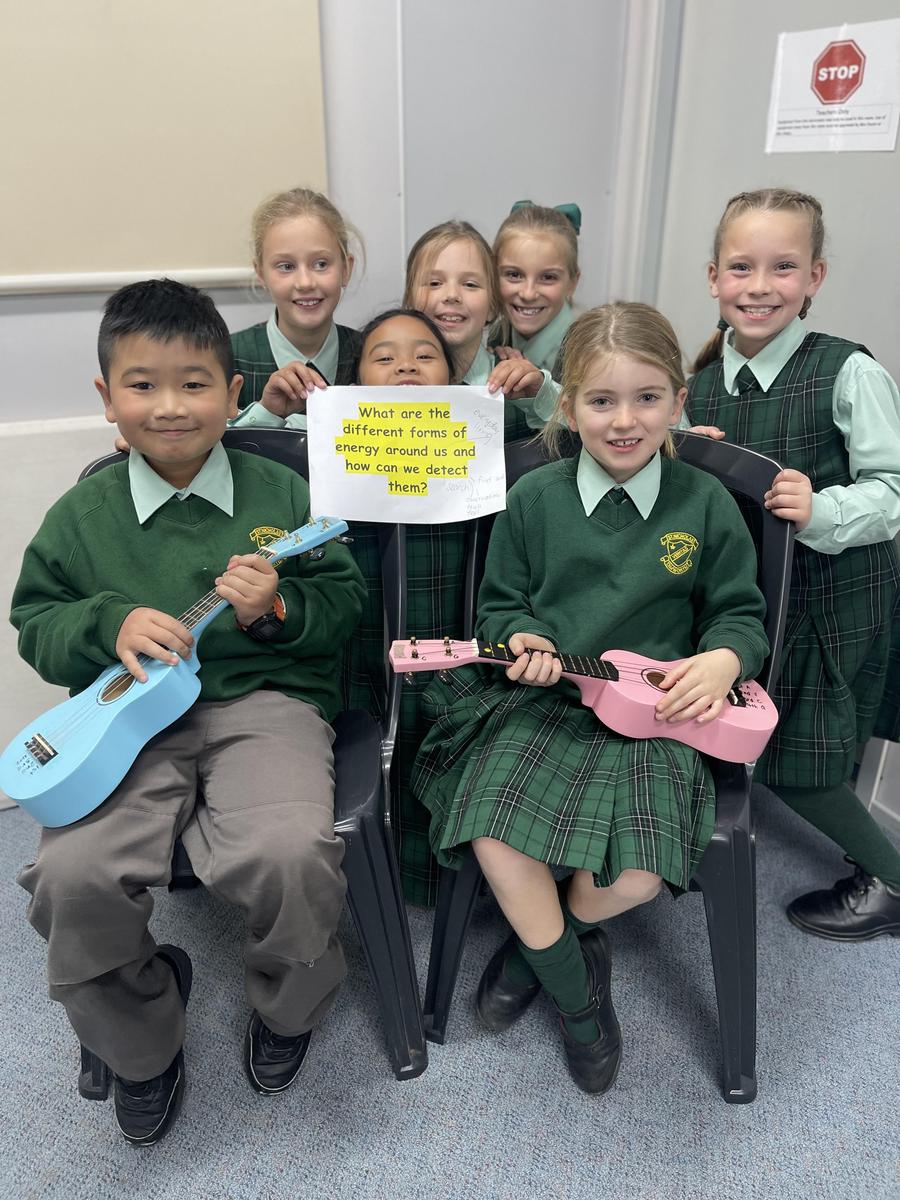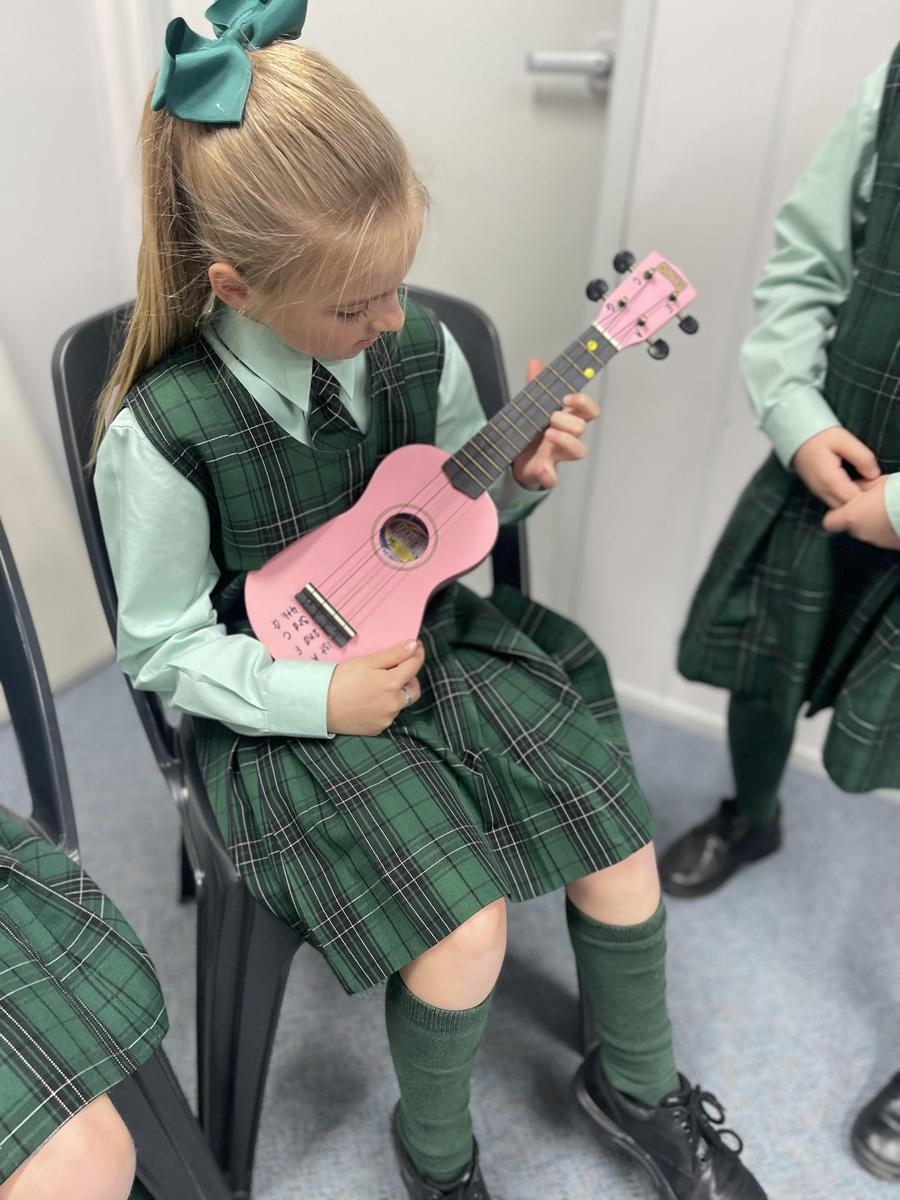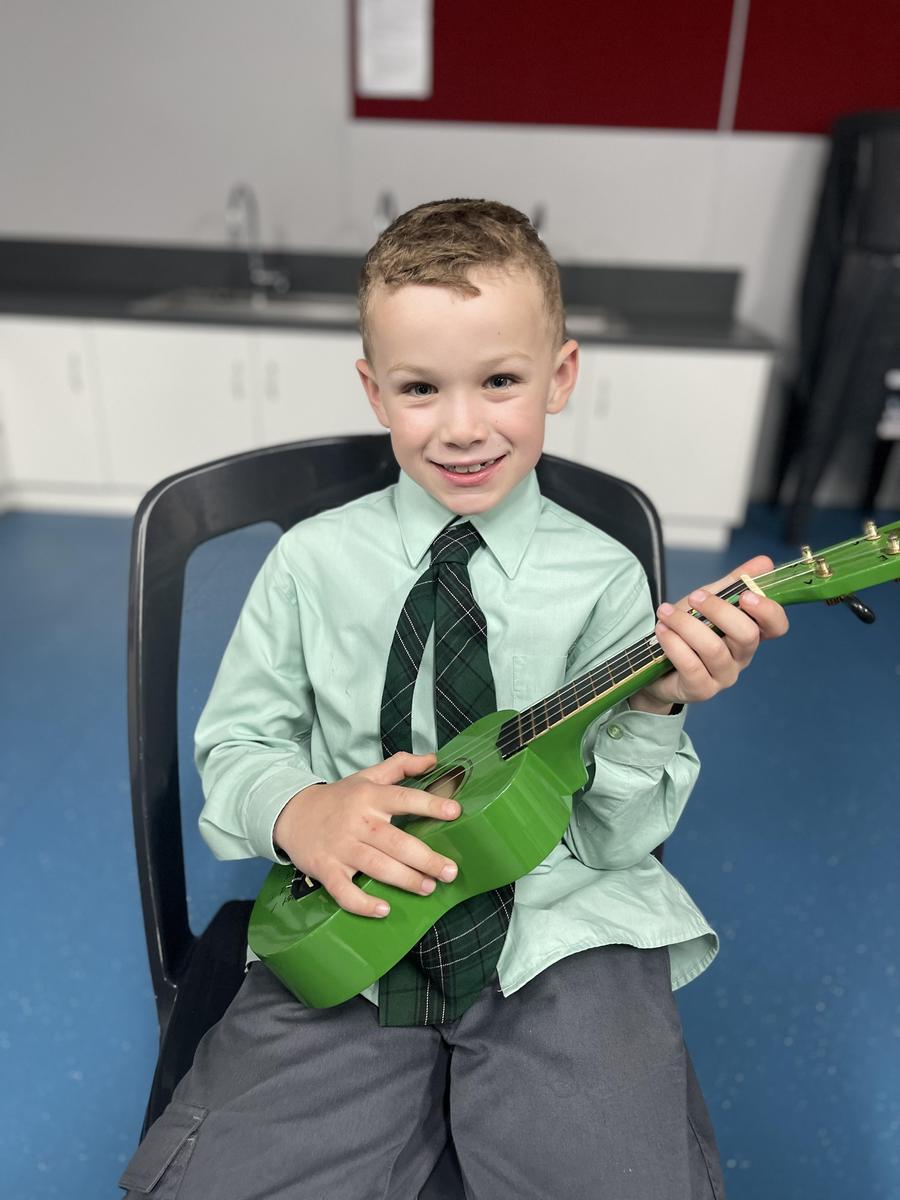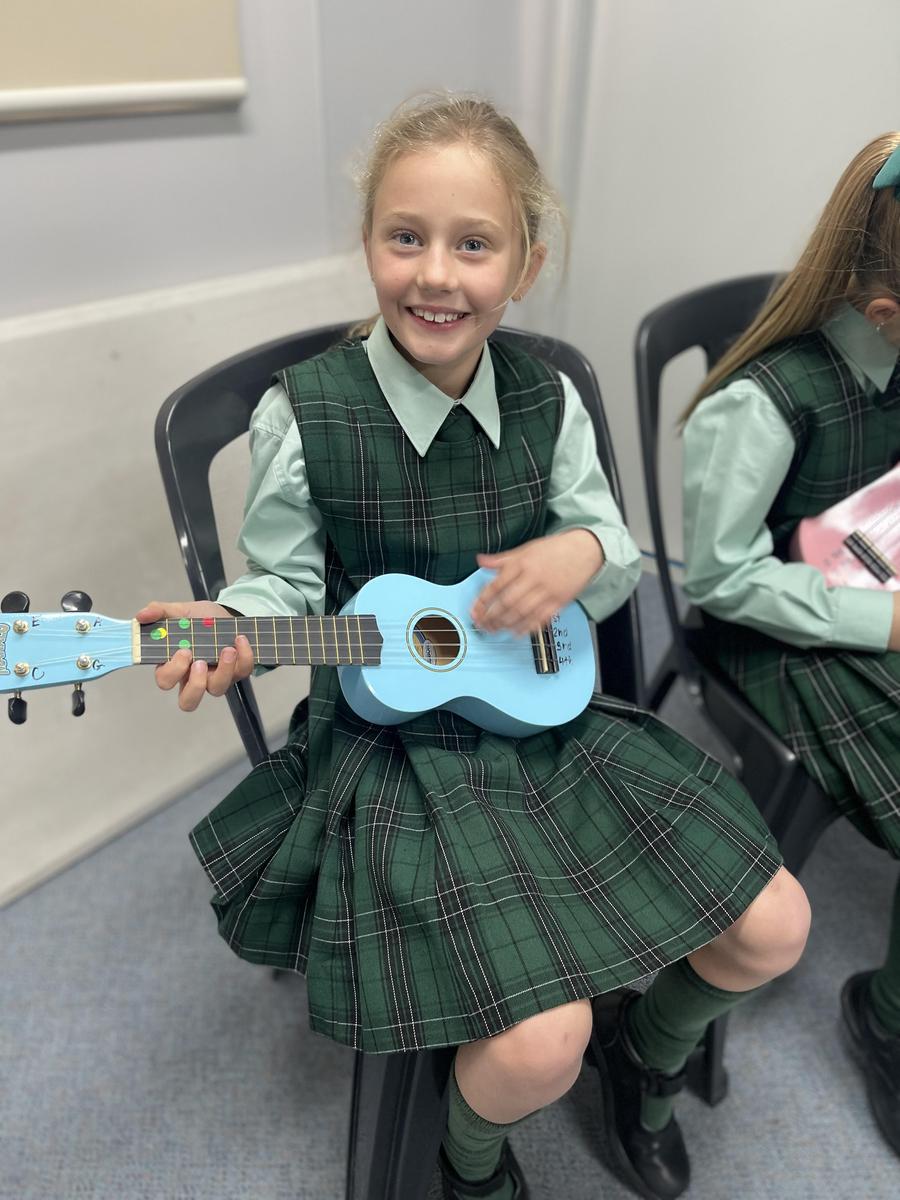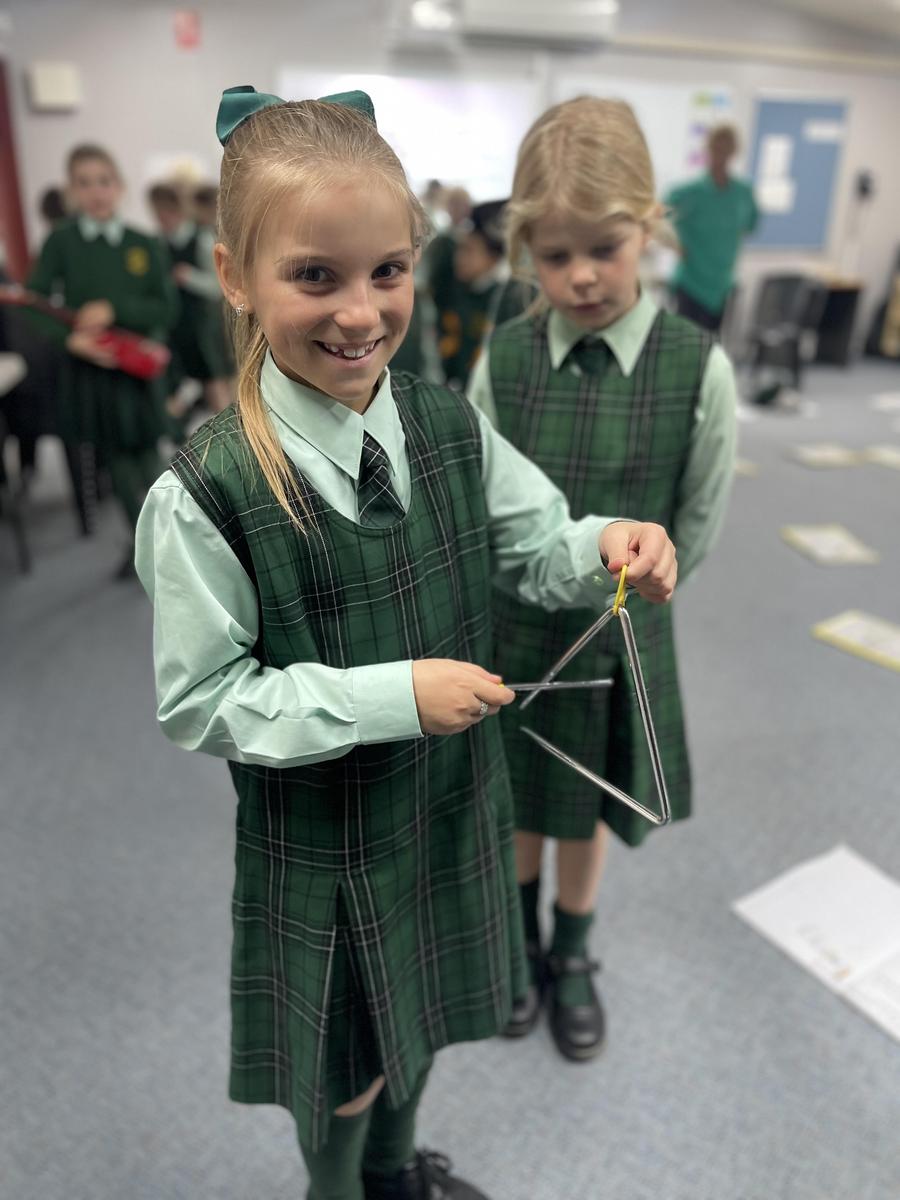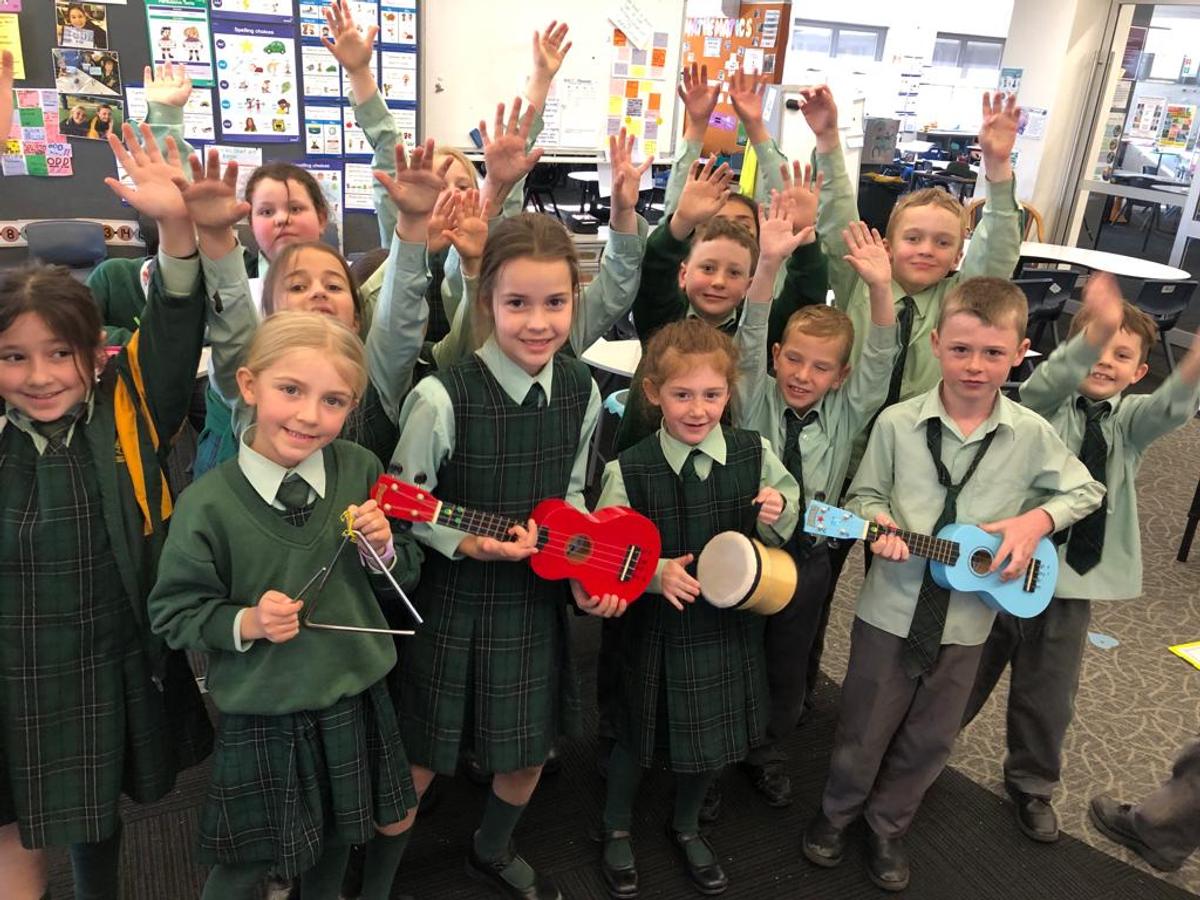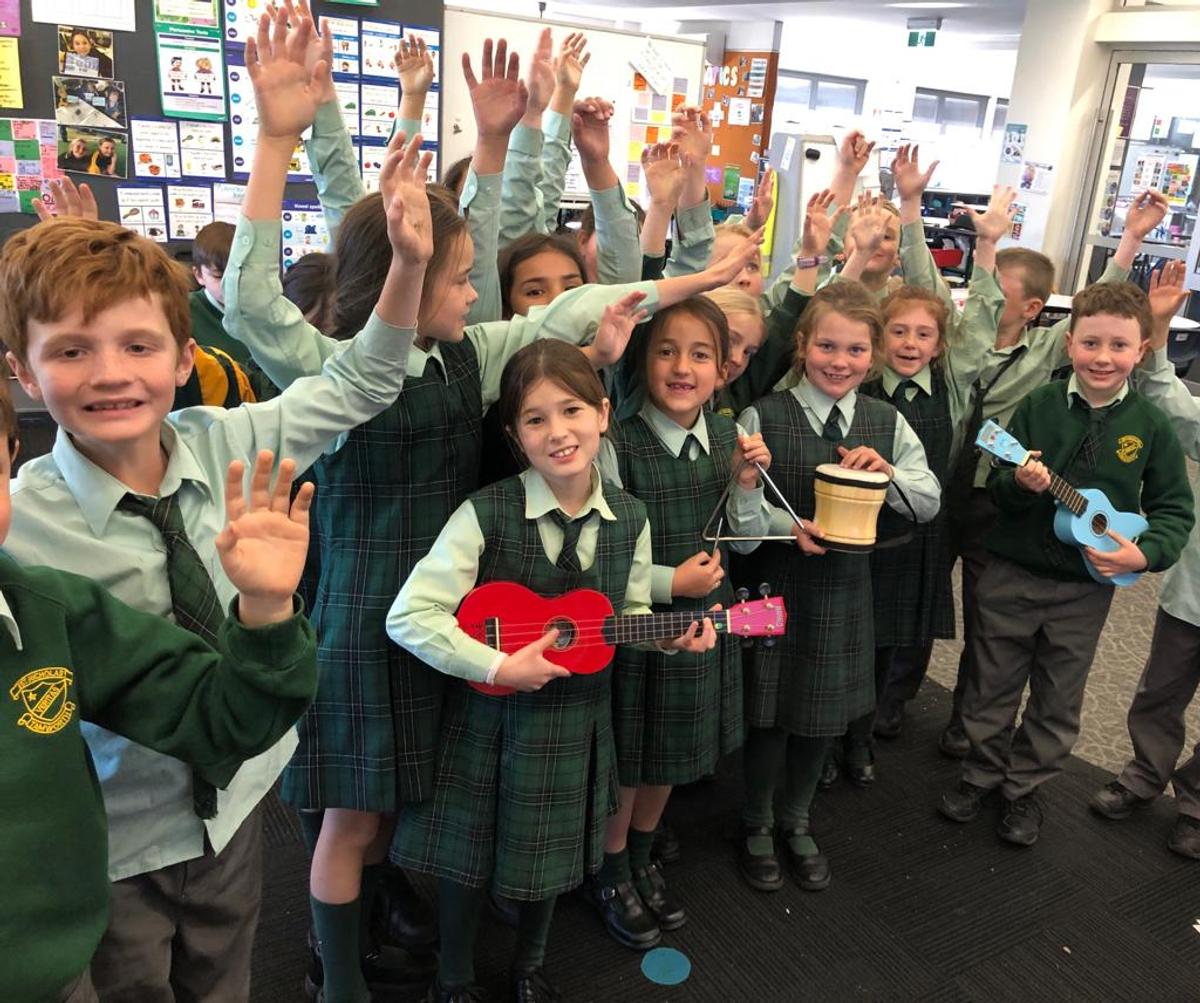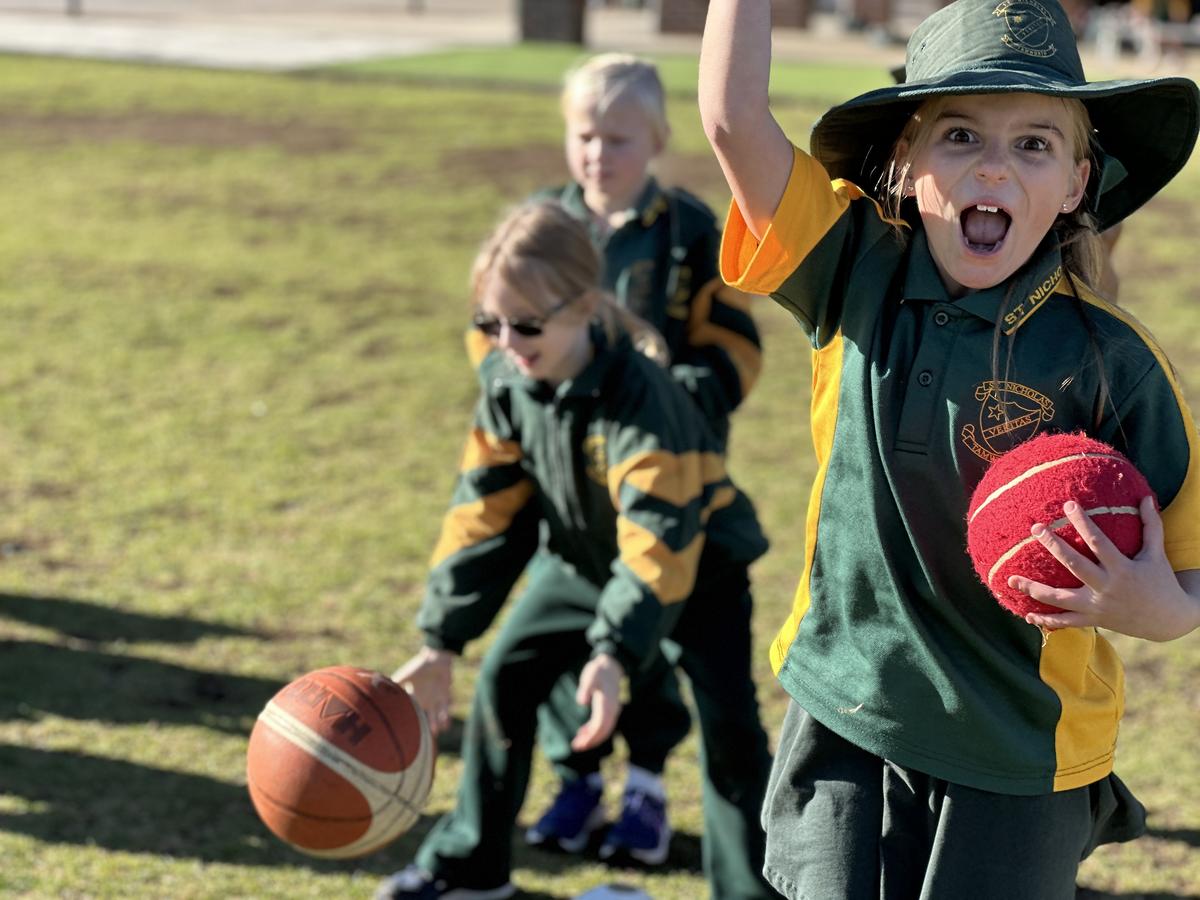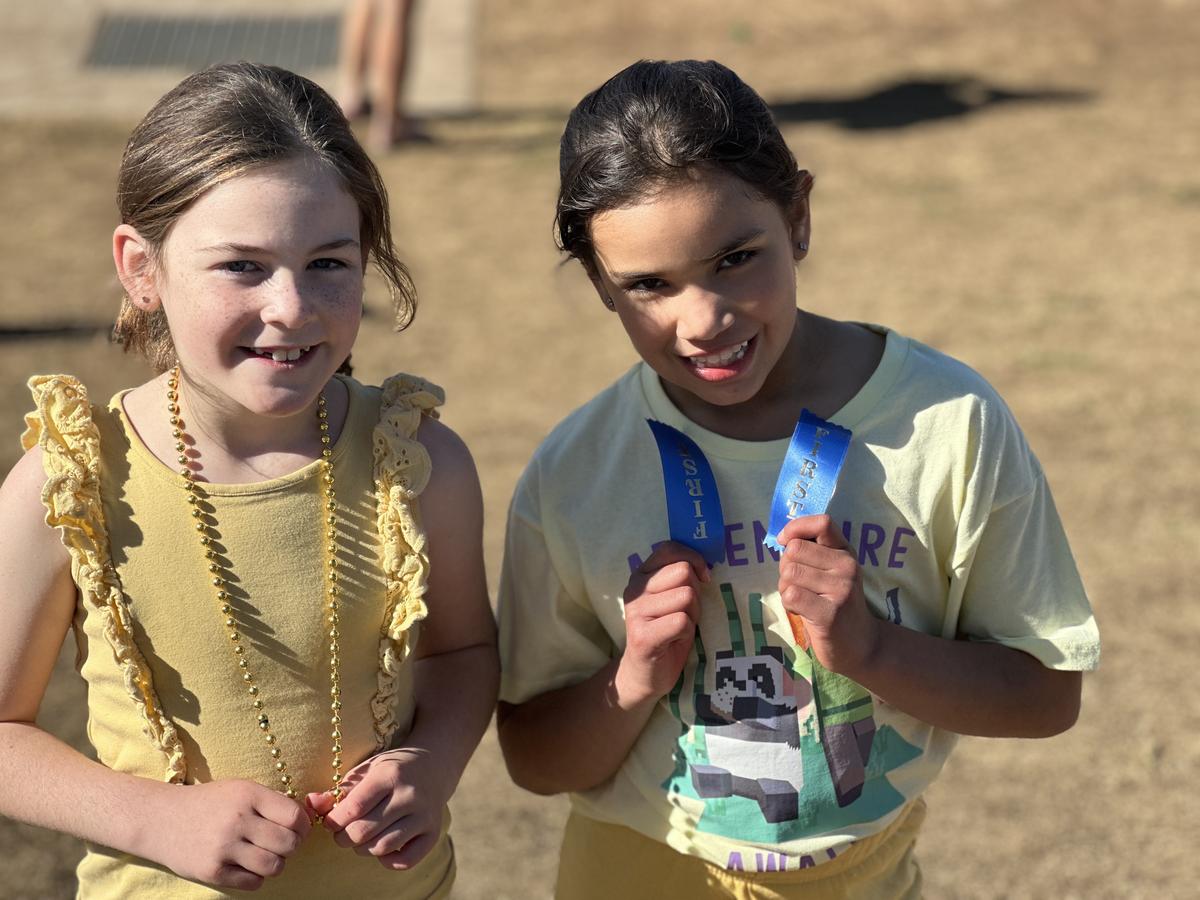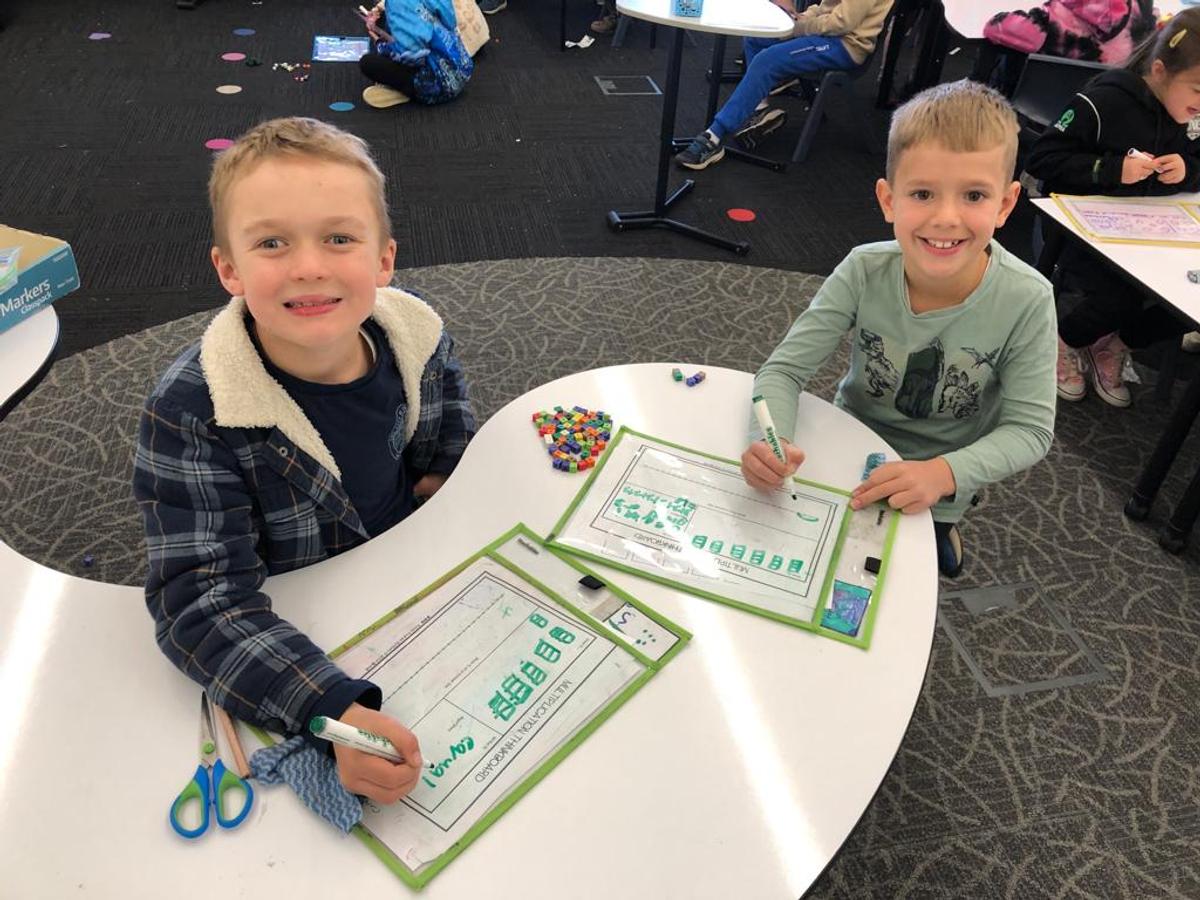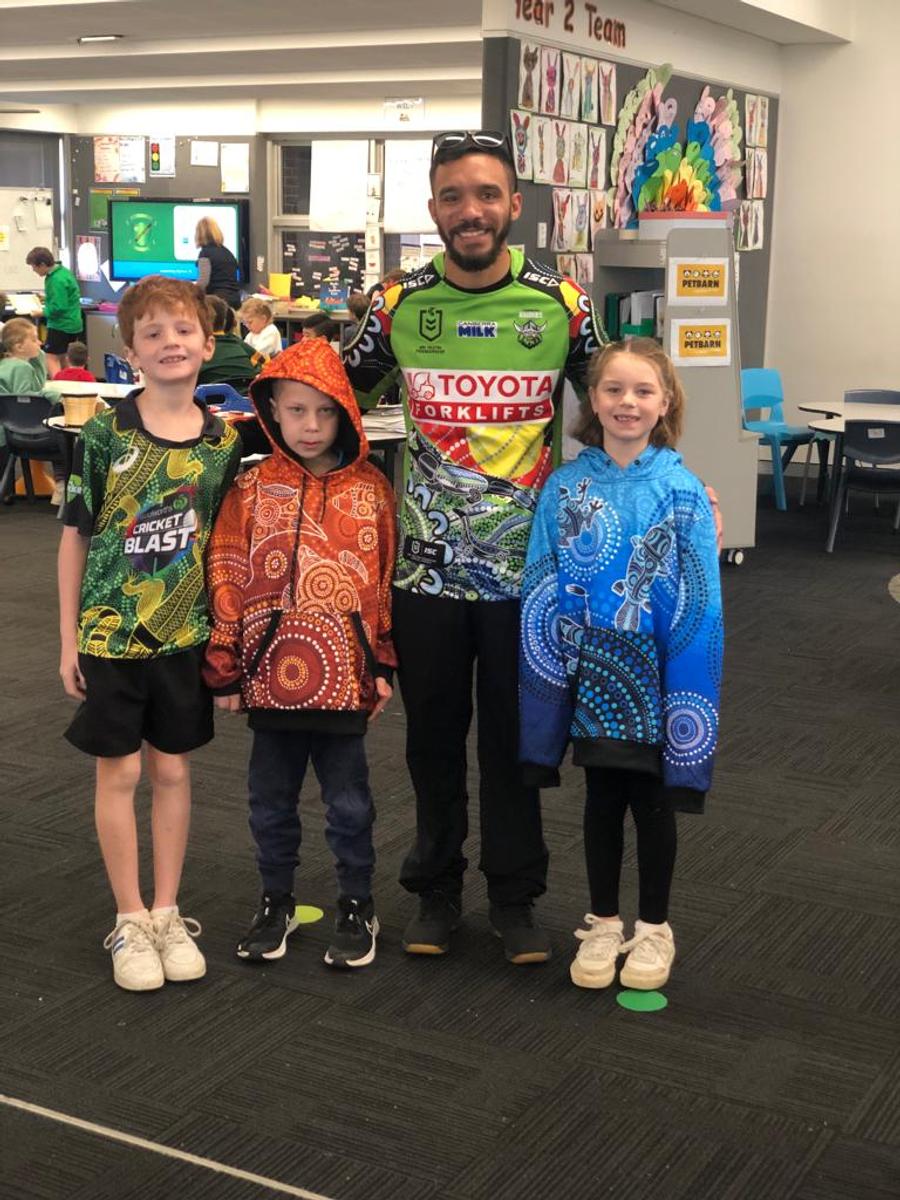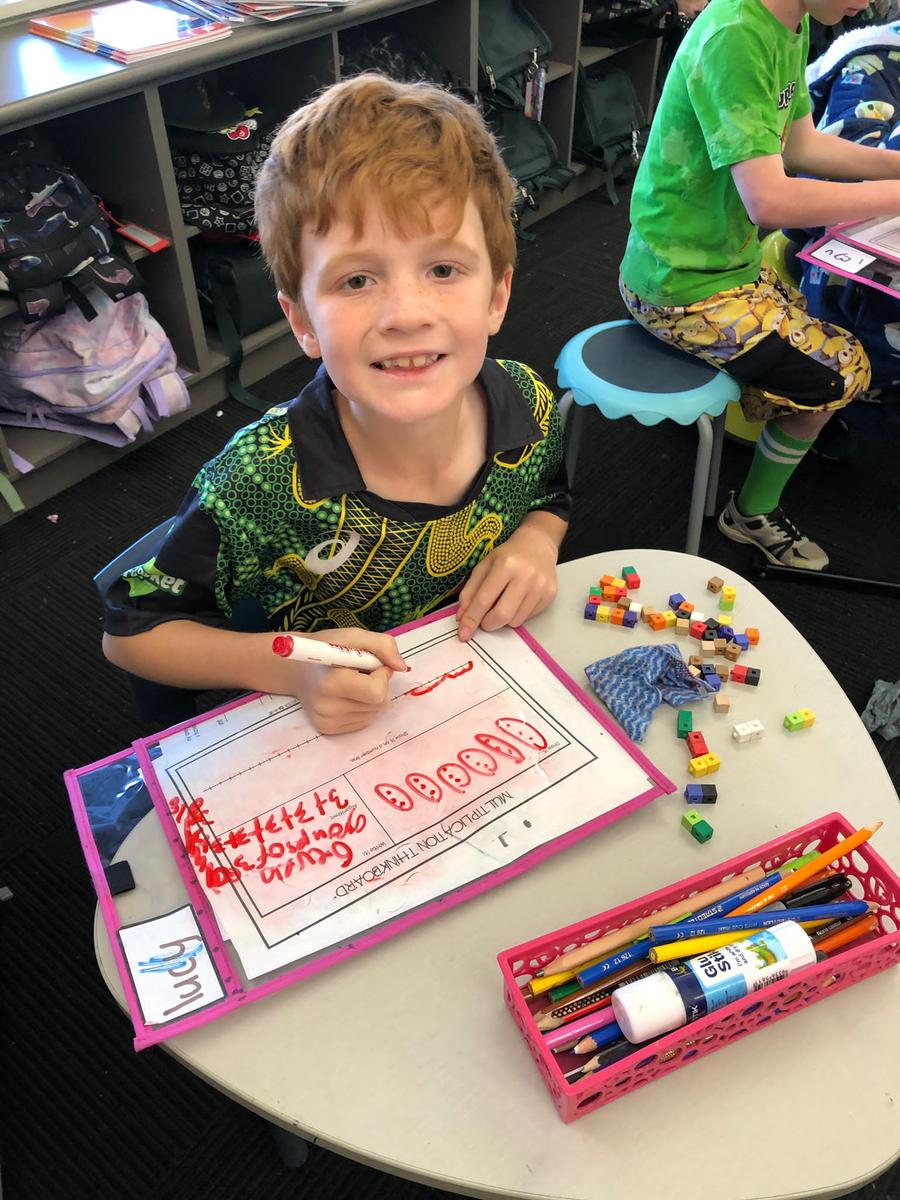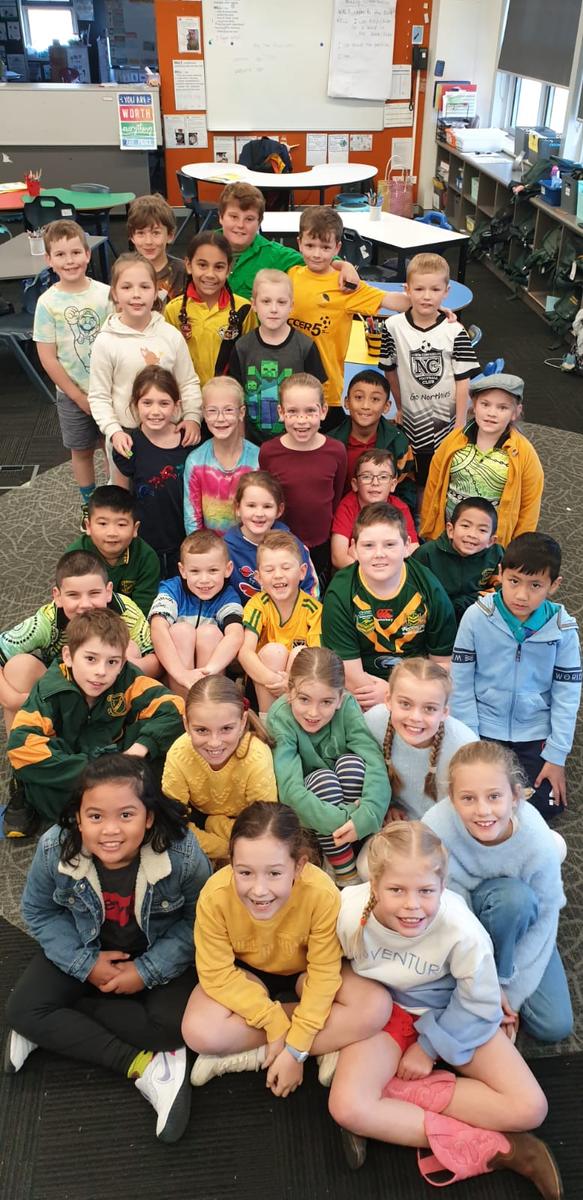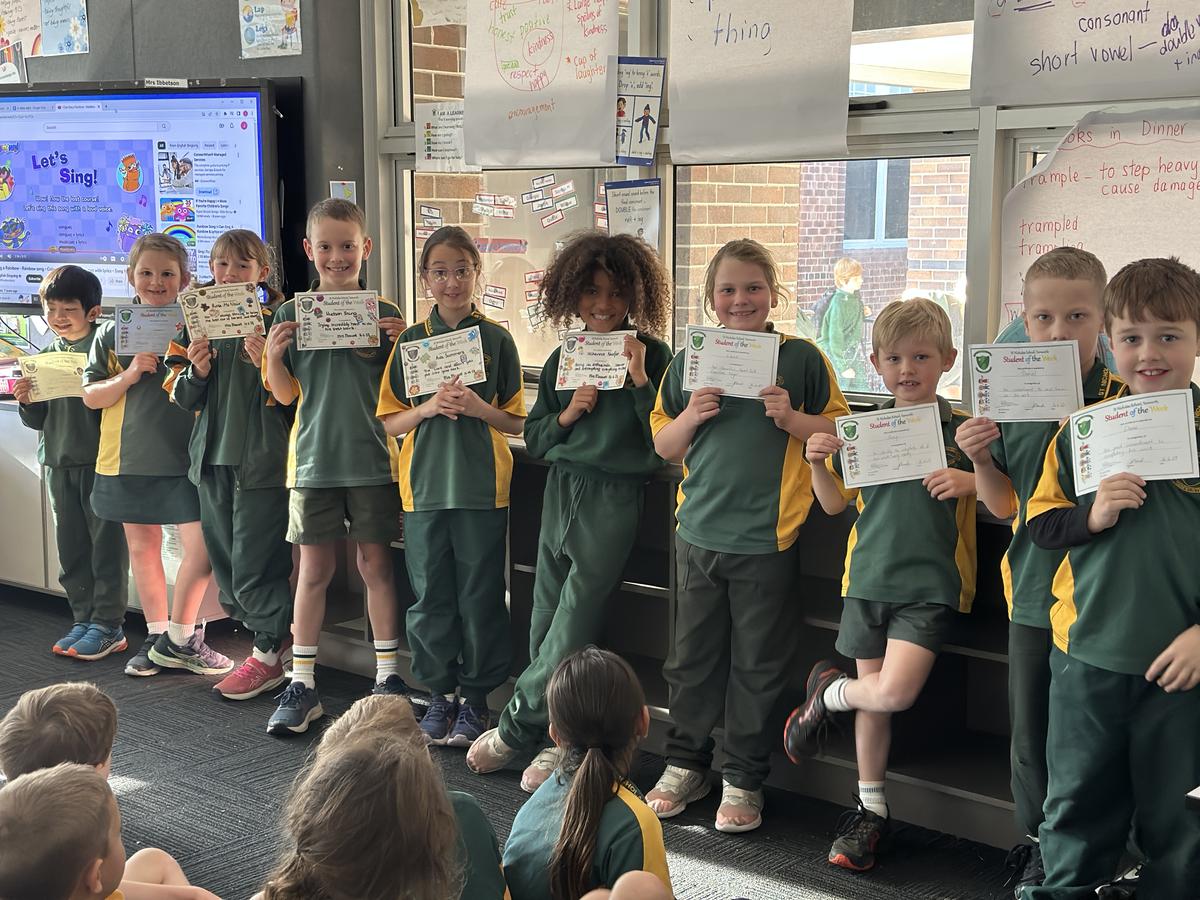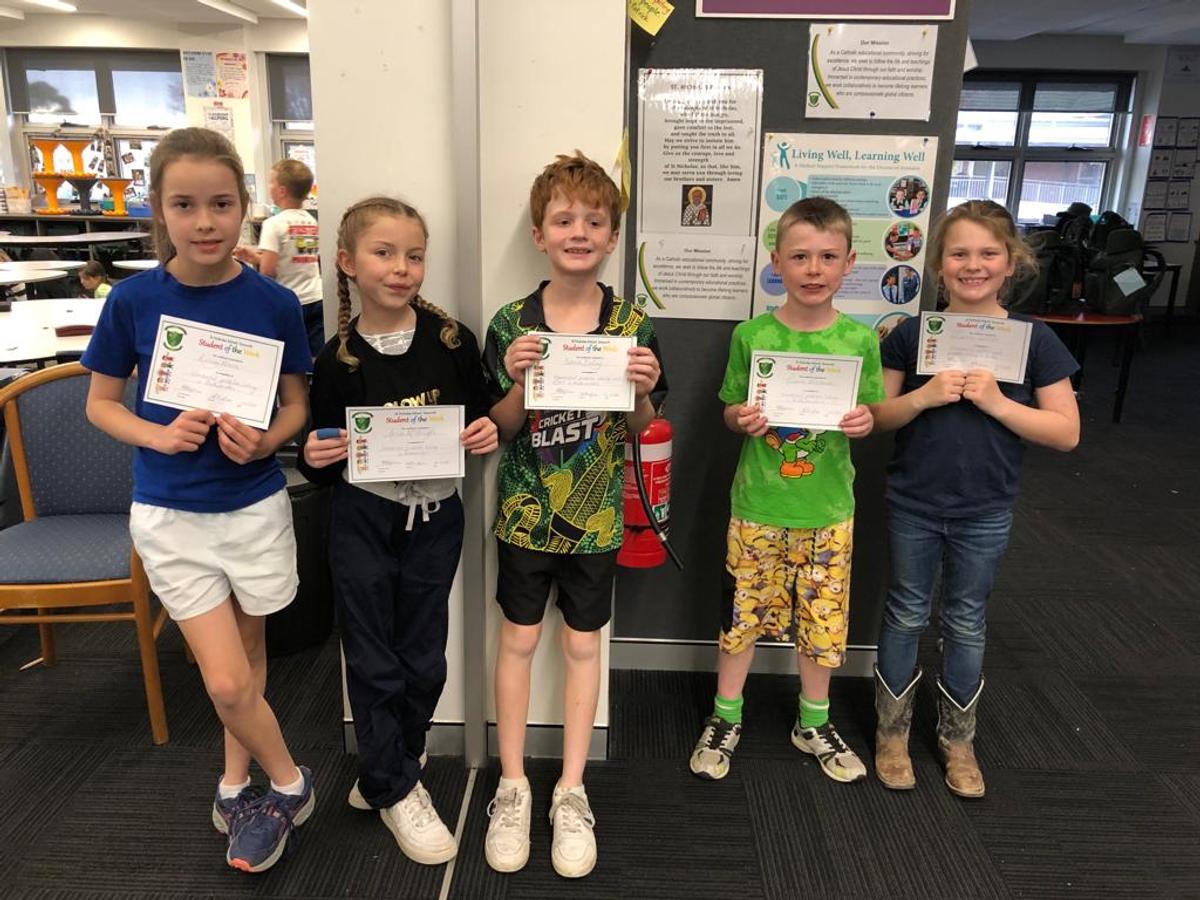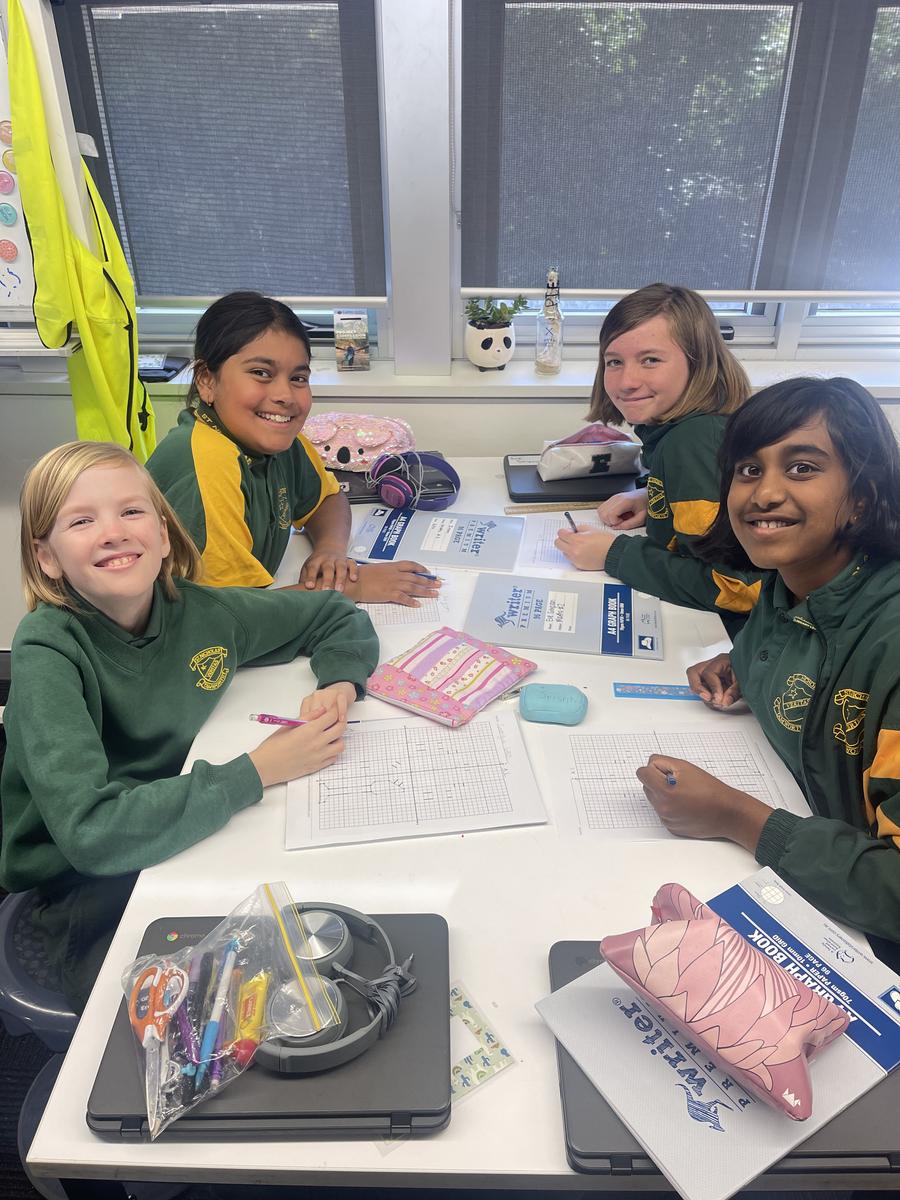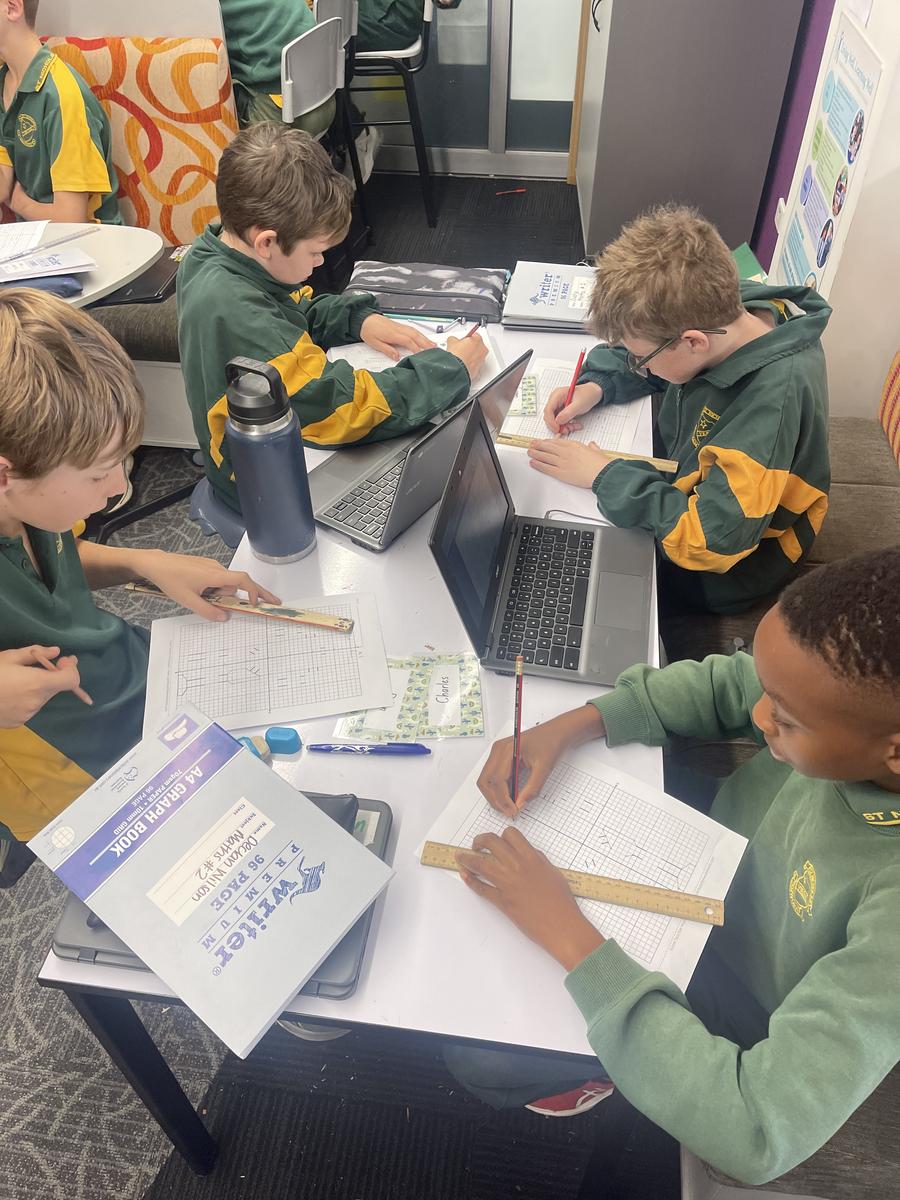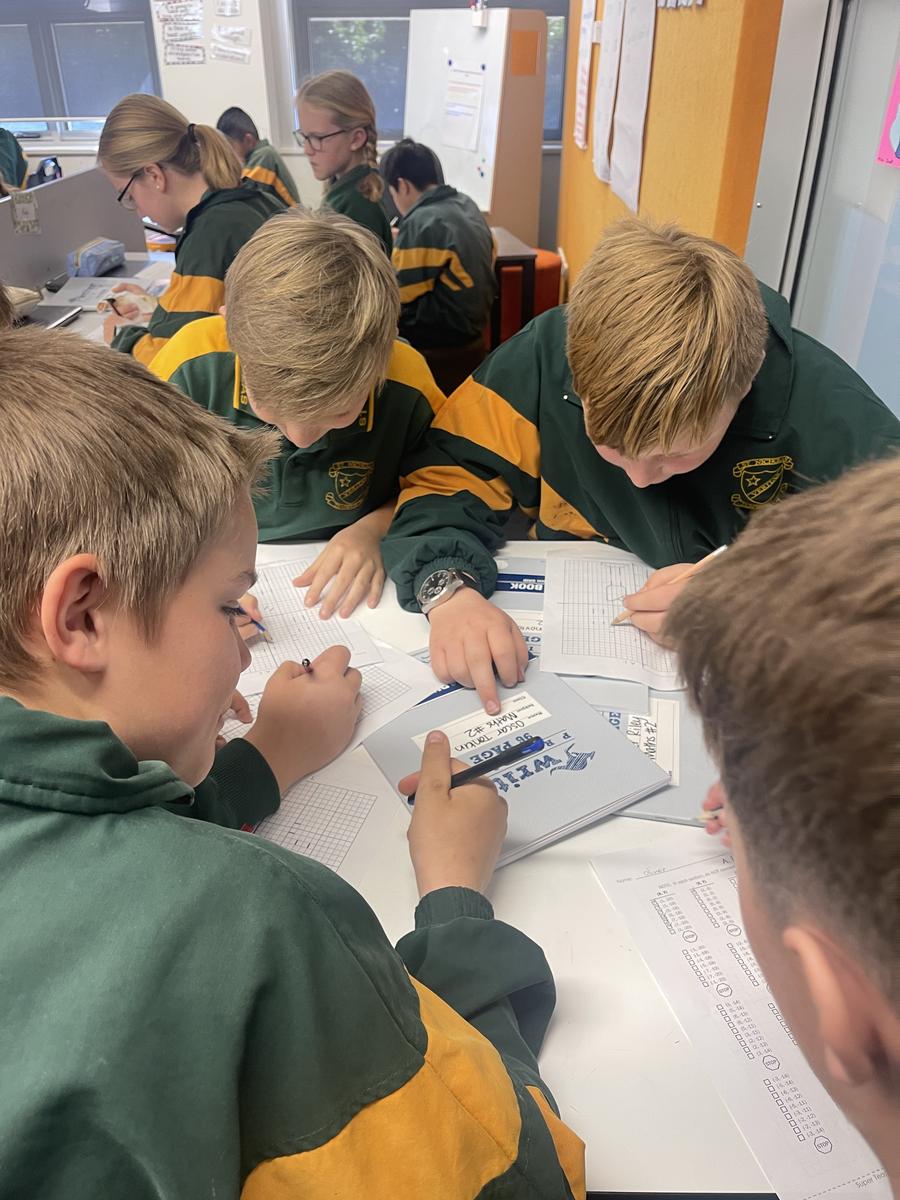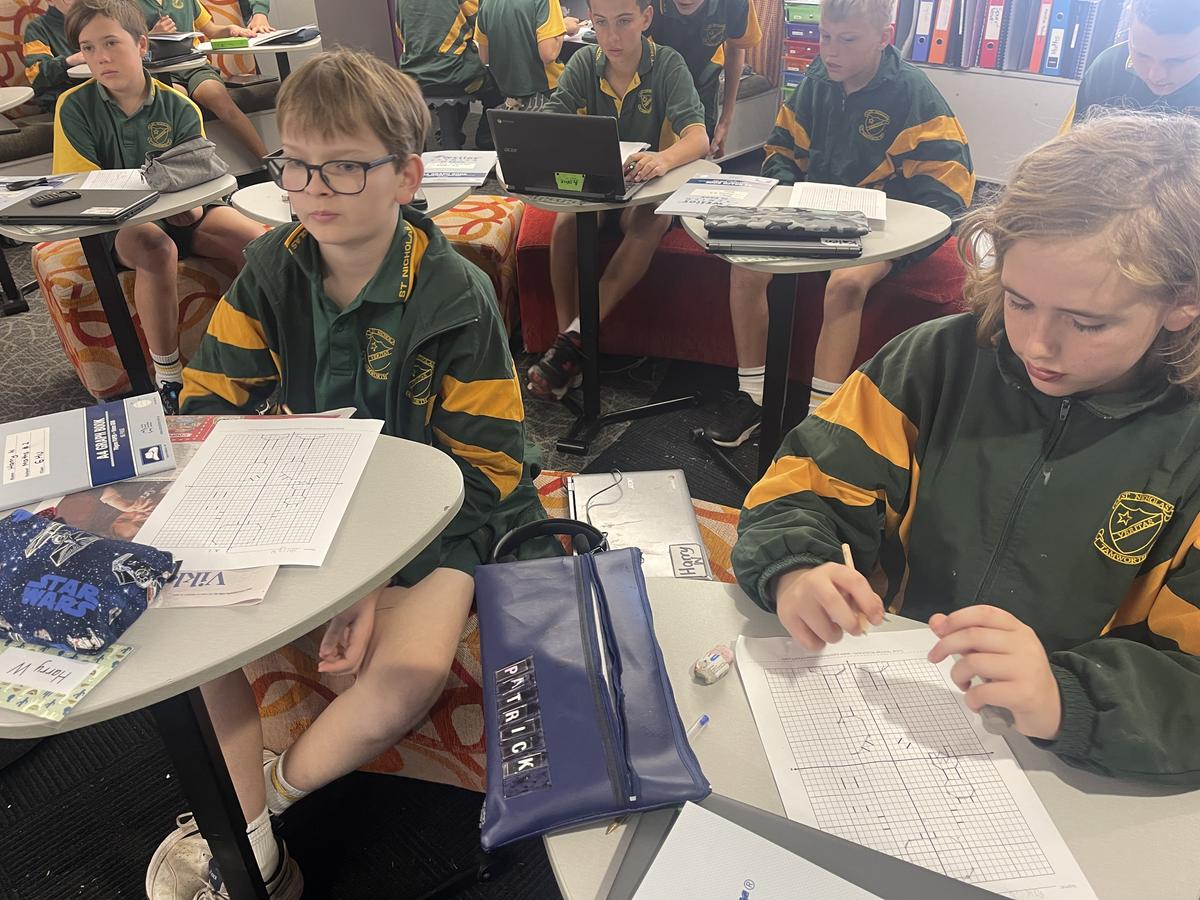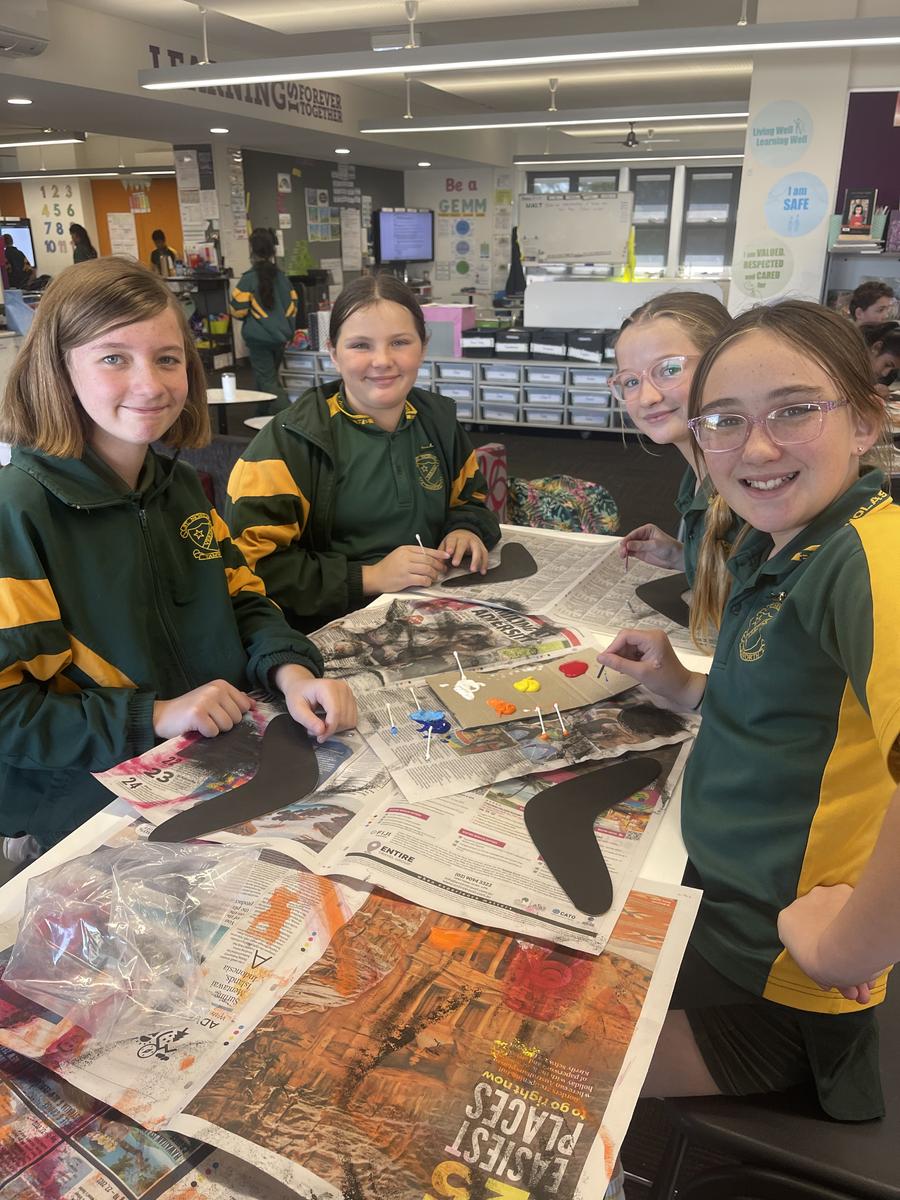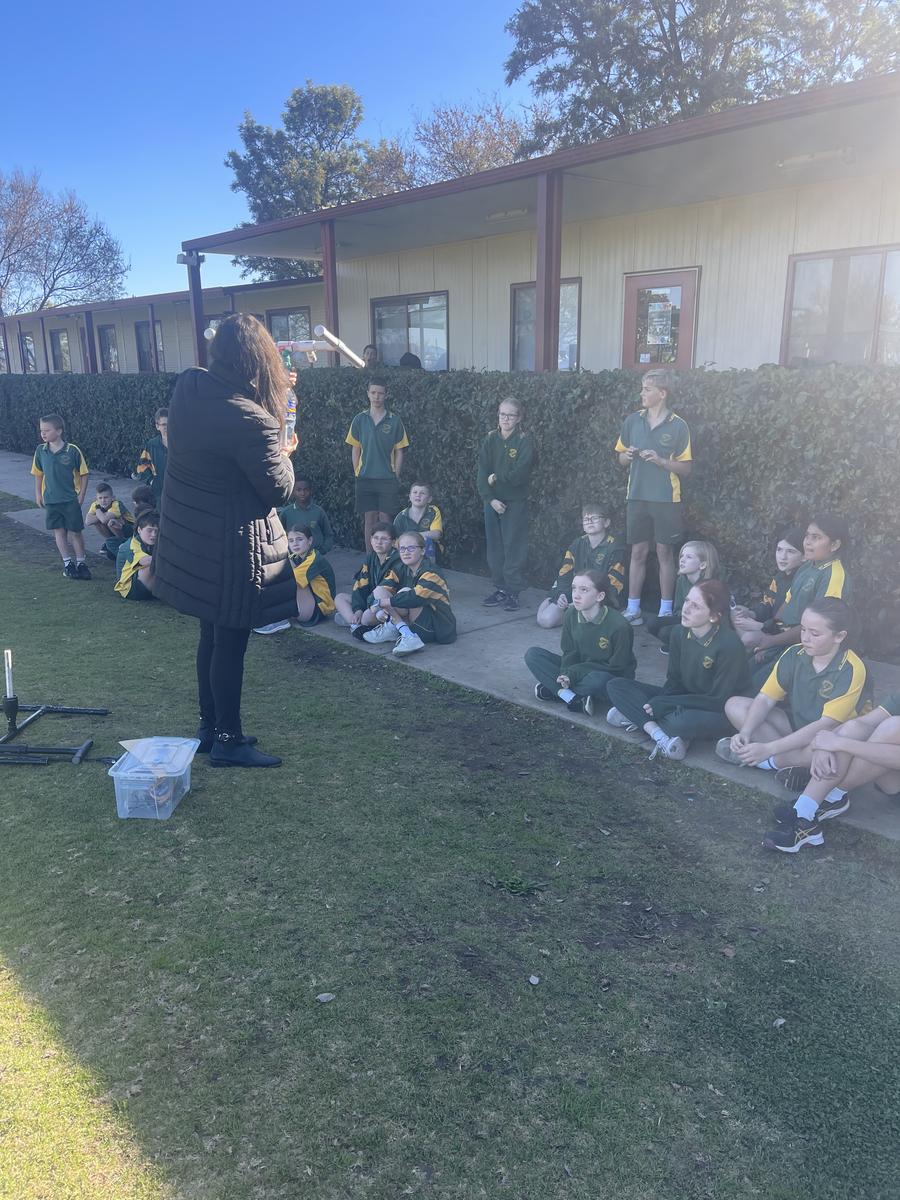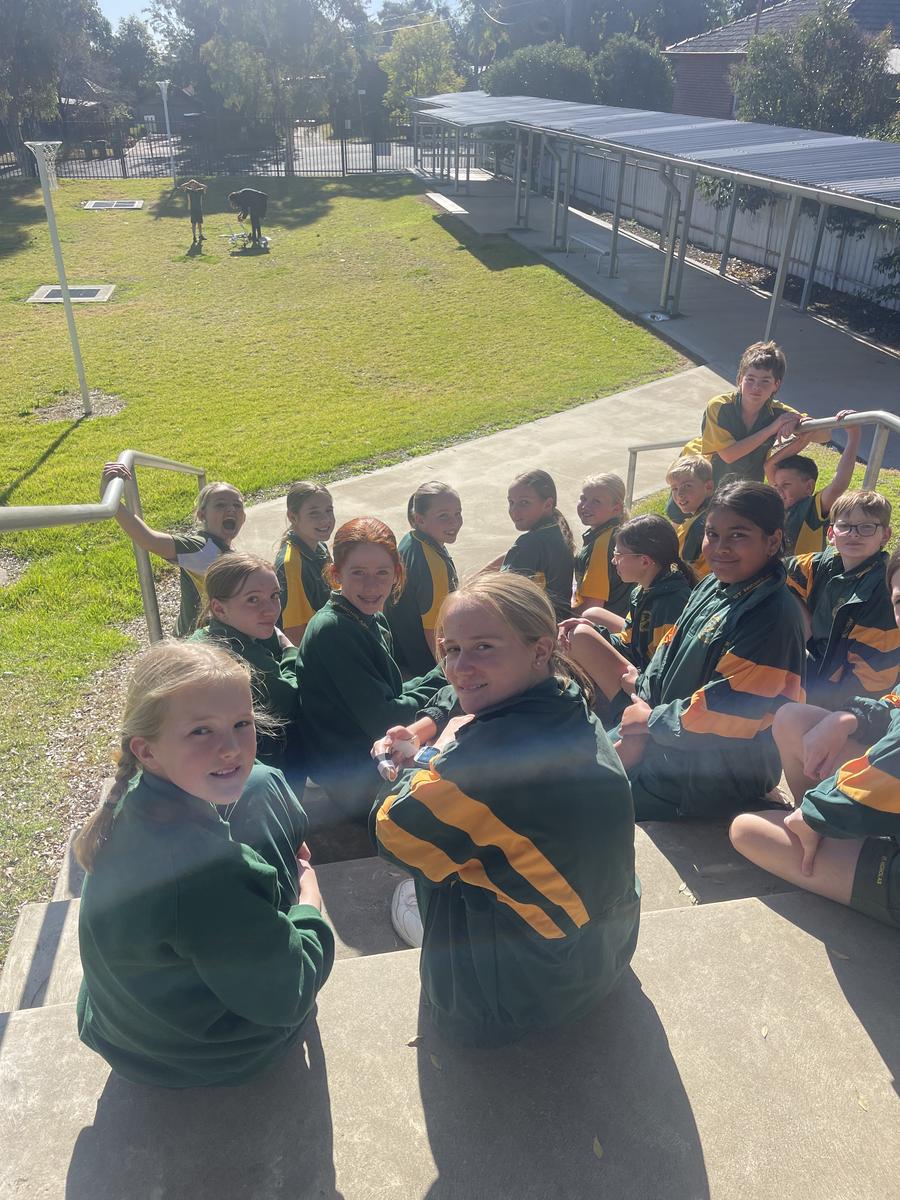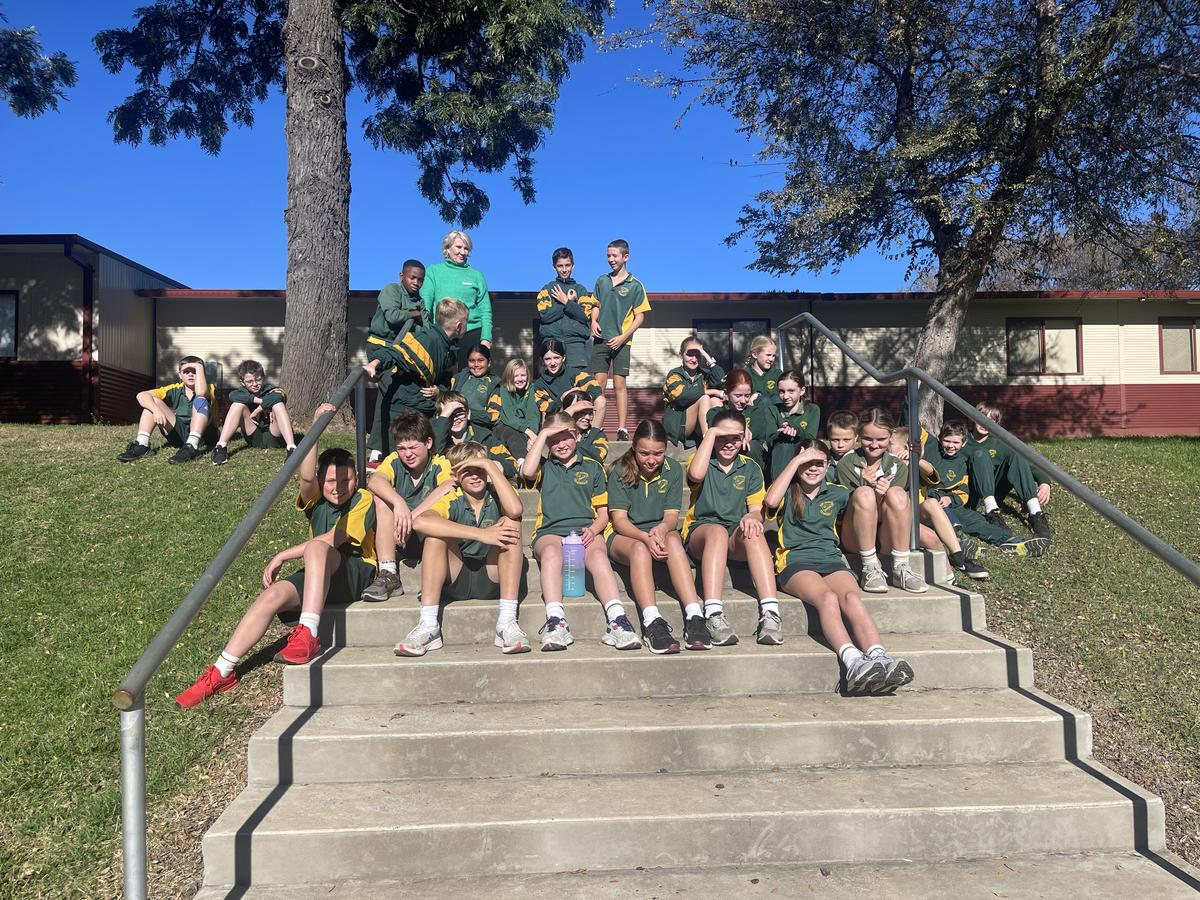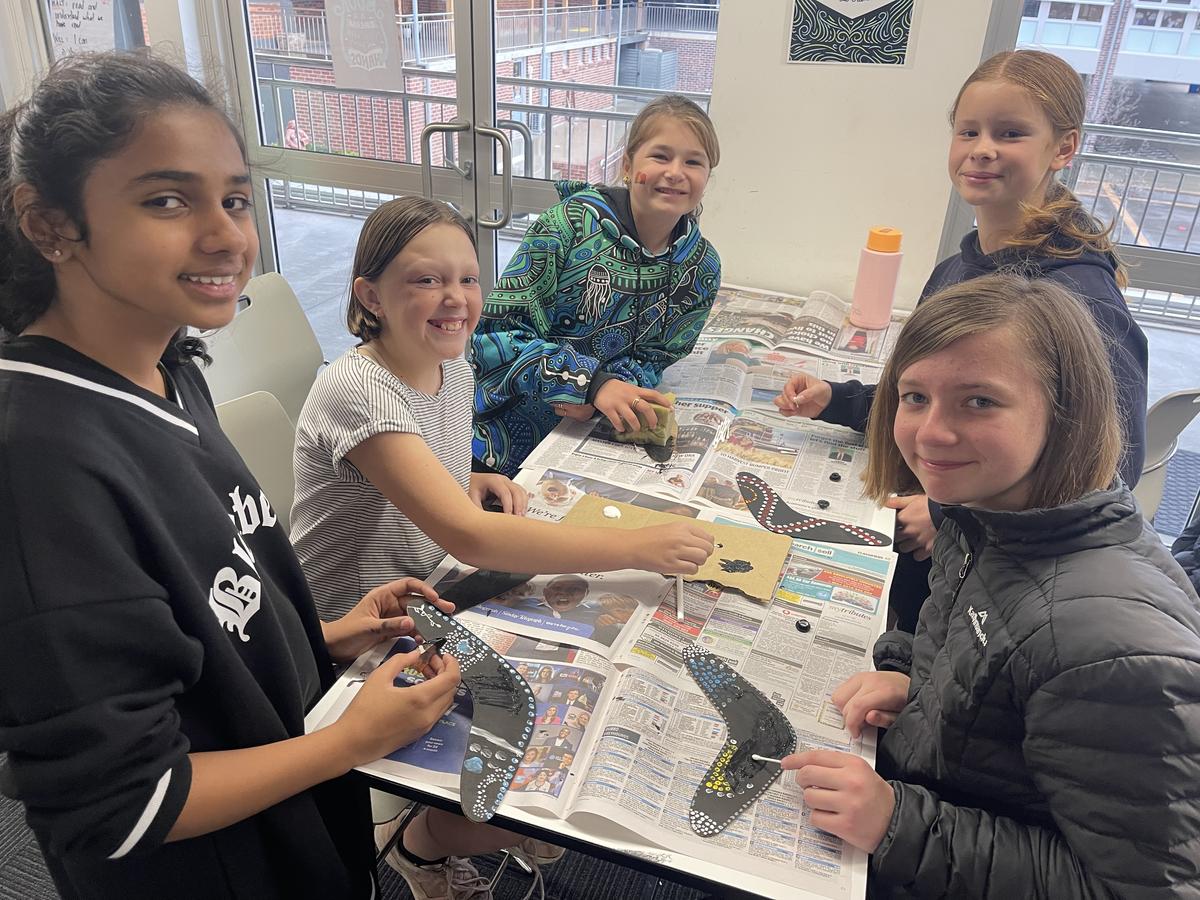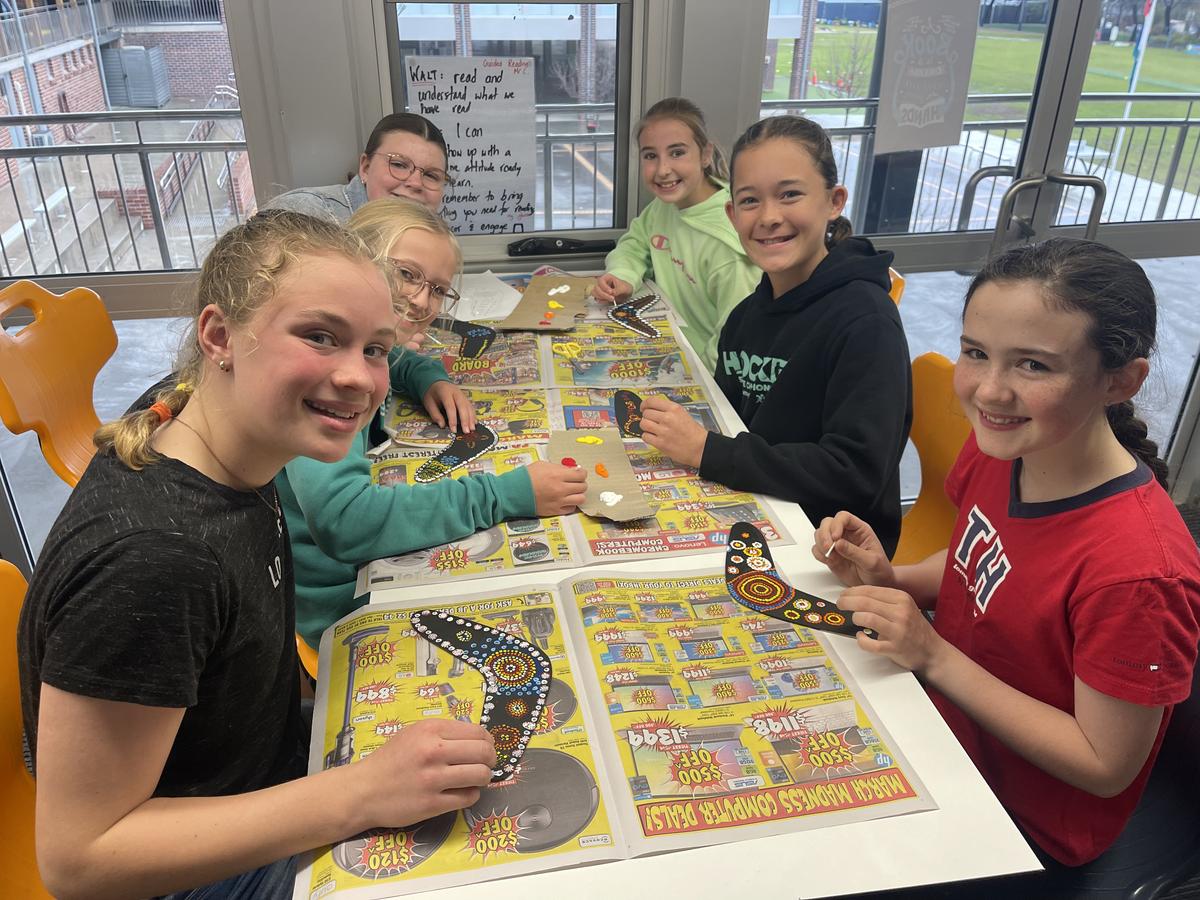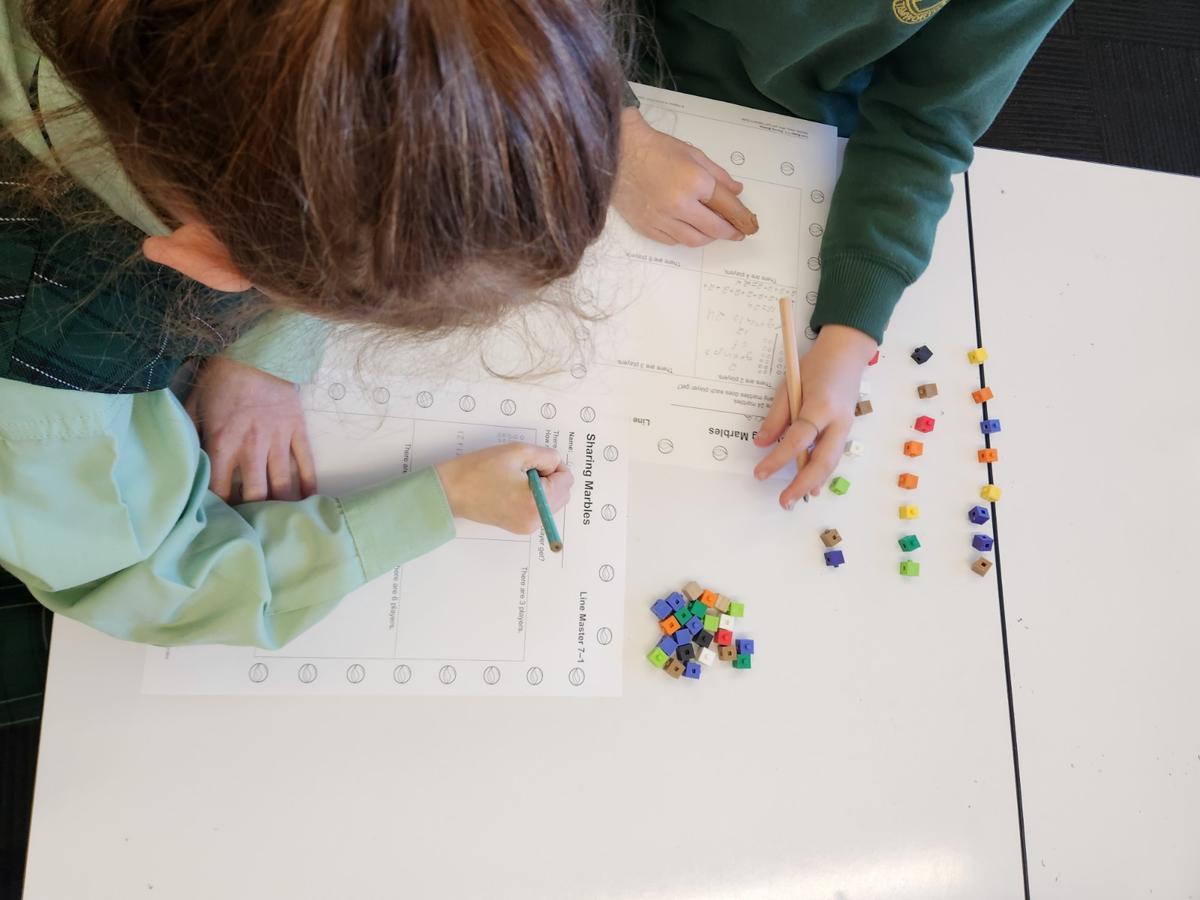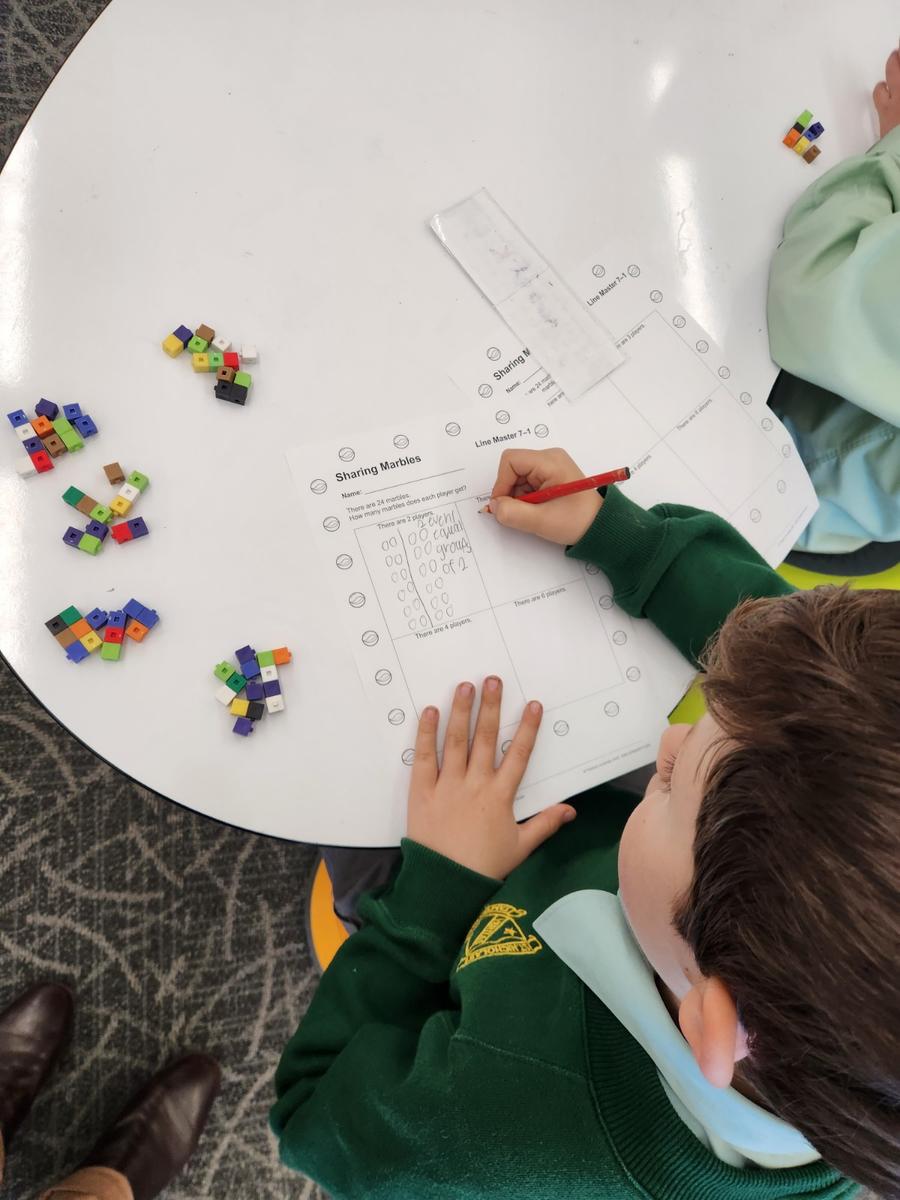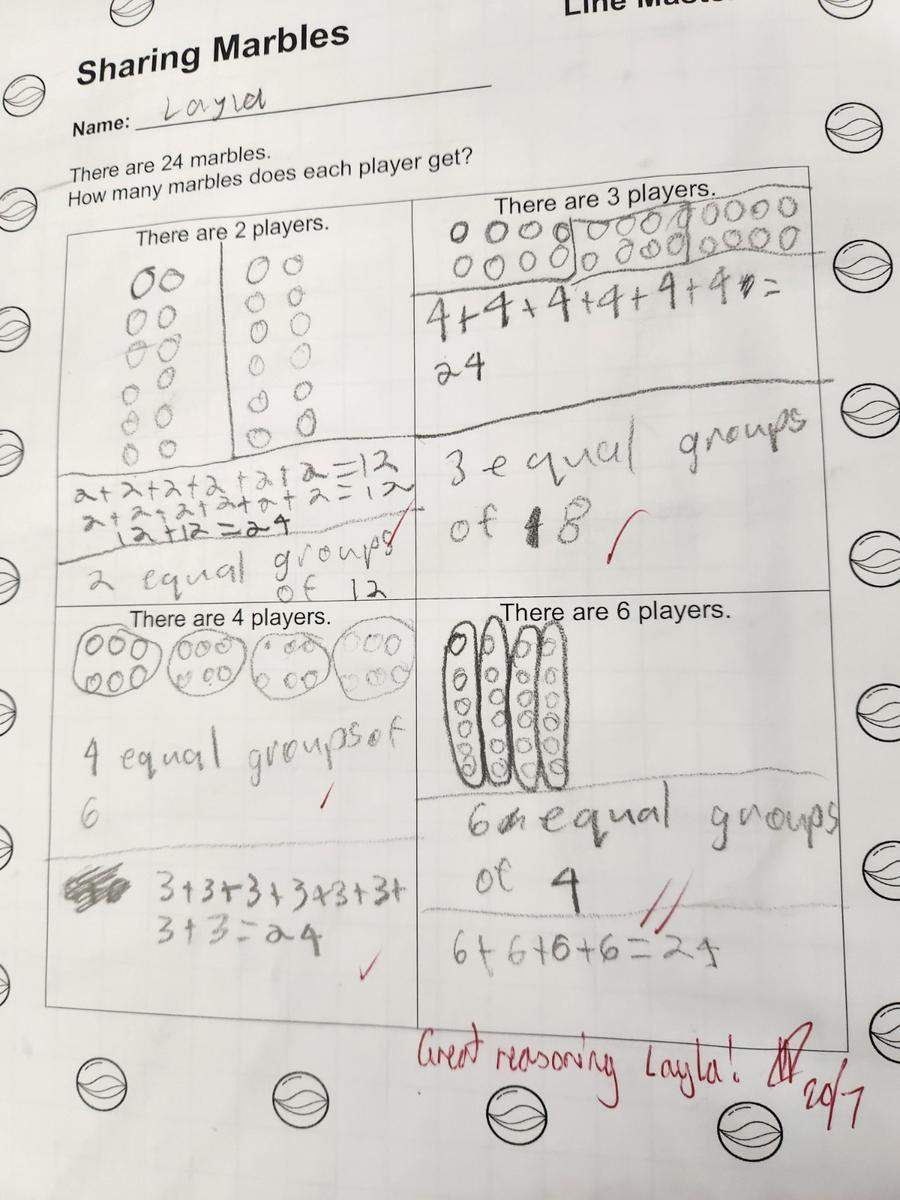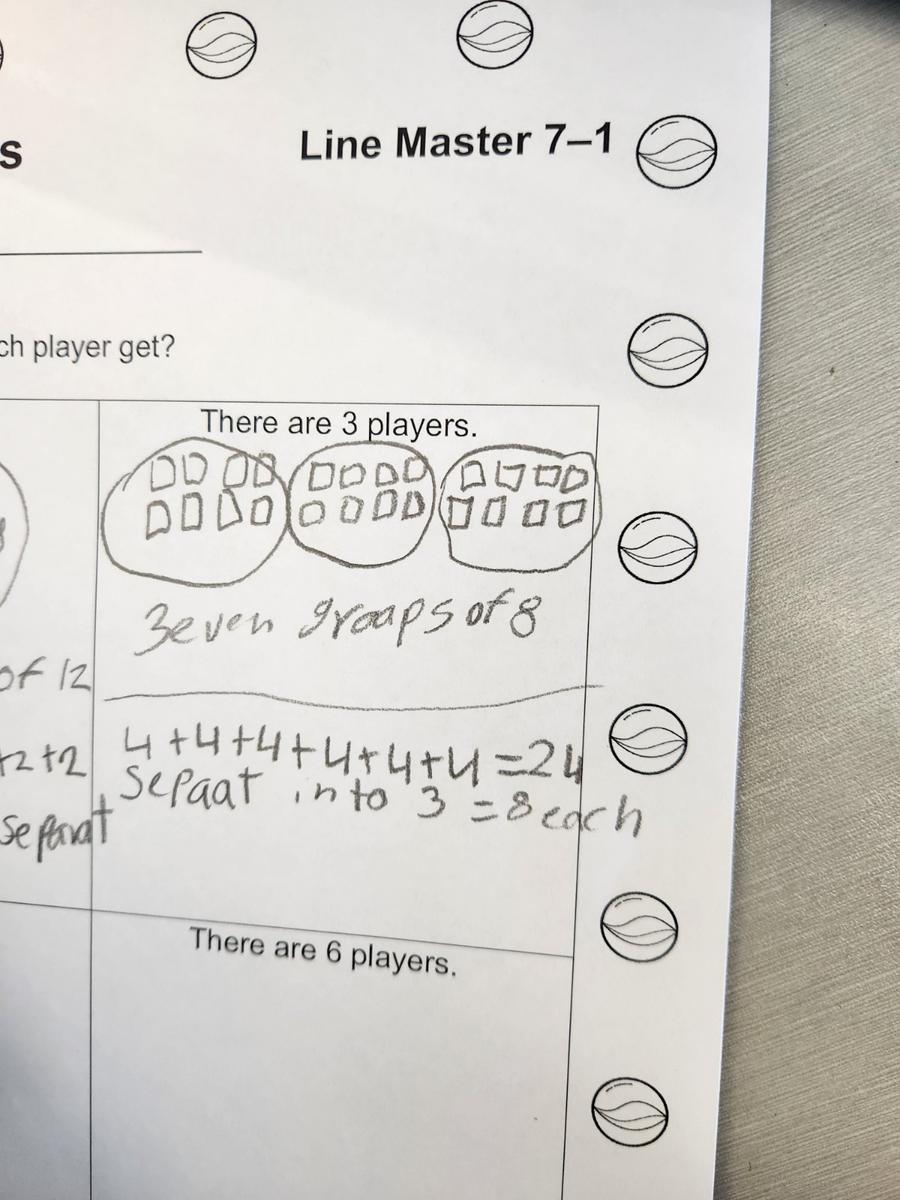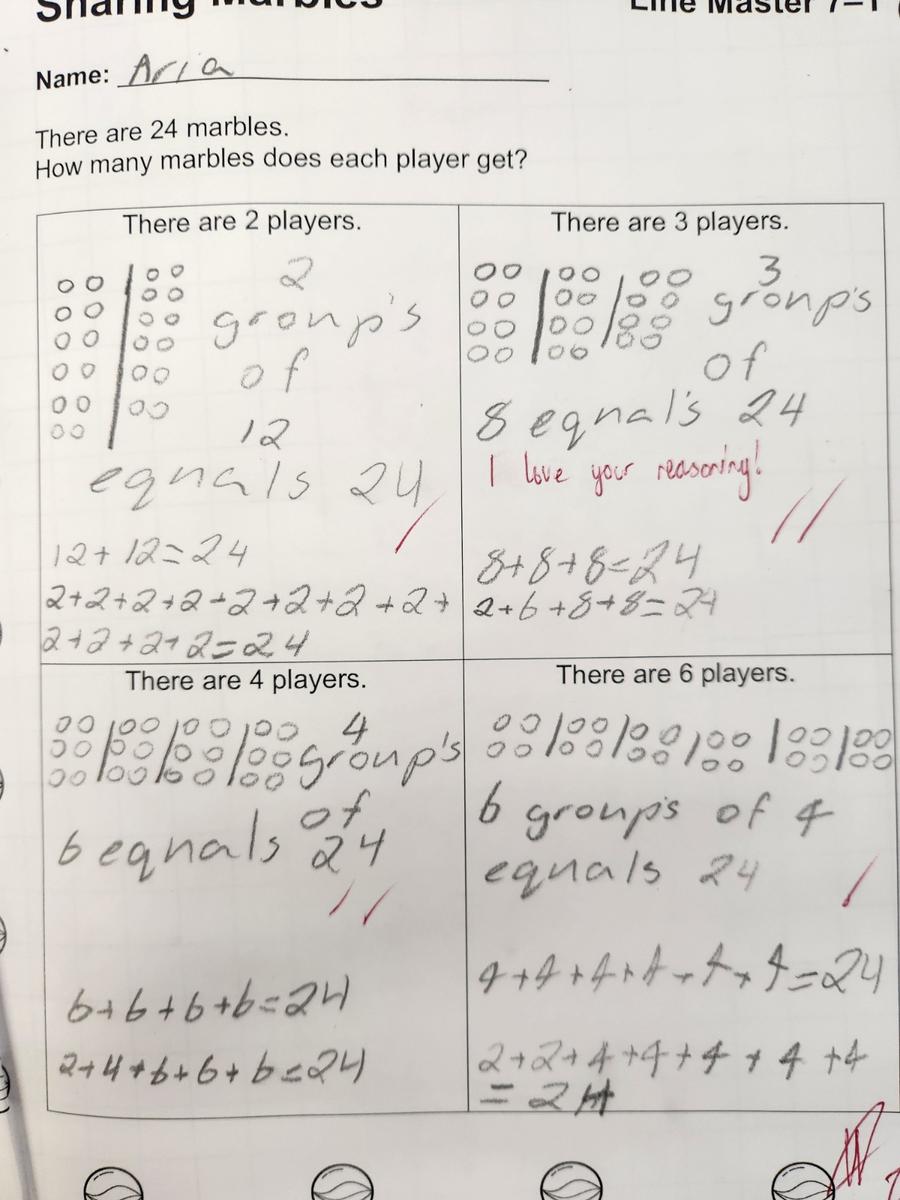SPOTLIGHT

YEAR TWO GRADE SPOTLIGHT
Year 2 is coming in hot after a fun-filled break. They are smashing goals and showing off their knowledge and skills. This term we get to wear our science coats and goggles to explore different forms of energy and how we can detect them. Using musical instruments we get to explore energy transfer while becoming St Nich's rockstars too!
Taking off our science coats and putting our math caps on, we are beginning to explore multiplication by forming groups and creating arrays. Did you know egg cartons and your favourite family-size chocolate blocks can all be seen as arrays? We are excitingly exploring all the ways we can create arrays and finding them in everyday life. Maybe you can spot arrays next time you’re out and about?
While not much can top learning about arrays in our favourite foods, Year 2 did become recipe writers in English; learning how to create procedural texts. We got to create a recipe card for making fairy bread. We learnt how important it is to be specific with our words and instructions when writing a procedural text (otherwise you’ll be buttering a sealed loaf of bread). Like all good cooks, we had to test out our recipe. Our teachers created the fairy bread from our recipe writing and we got to eat the delicious result.
With two terms down we are on a roller coaster of fun. Year 2 is smashing goals and creating incredible memories along the way. Their teachers are super proud of their engagement and learning!
YEAR 6 SPOTLIGHT
Year 6 has had a great start to Term 3. This term we are reading Once by Morris Gleitzman which is a historical fiction book based on World War 2 and The Holocaust. In Mathematics we have been focusing on patterns, algebra, fractions and decimals. This term we will be doing Visual Arts and in Week 1 we painted boomerangs after looking at signs and symbols used in Aboriginal art.
We wish a warm welcome to student-teacher Molly Hayes from the University of Notre Dame in Sydney who will be completing a term-long practicum with our grade. She will be working with Mrs Elliott and Mrs Kelly in 6KE. In Religion, we are preparing our students to make their Confirmation later this term. They will be choosing a Saint name and completing a speech and artwork on their Saint later in the term. In Science, students are exploring forces and this unit was launched with students getting to test a water-powered rocket. In Geography, we are focusing on understanding diversity within Asia. This has started off by investigating and comparing two countries. Students will then deepen their knowledge when they choose their own country to research.
MaST
CPA Model in Mathematics
As part of the MaST program and the implementation of new NSW Mathematics Syllabus at St Nicholas, staff and students have begun to engage with the CPA model. CPA stands for concrete, pictorial, abstract and is a researched backed approach to explaining and learning a wide range of mathematical concepts. All St Nicholas staff received professional development on this strategy from mathematics consultant Tracey Hughes Butters during Catholic Schools Week in Term 2.
Concrete learning is the most physically active part of learning and involves students playing and working with mathematical equipment to explore a new concept or solve problems. It allows students to use equipment they are familiar with and that generally give a sense of quantity, shape or area tied closer to real-life than pictorial or abstract representations.
Here, we encourage students to move from manipulating concrete mathematical equipment to sketching representations and then on to familiar drawn models, such as bar models and part-whole models. By moving through various forms of pictorial representation, often blended with concrete equipment or abstract representations, students are able to draw and reinforce the conceptual links between physical objects, sketches, jottings and abstract mathematics.
Abstract is the “symbolic” stage, where students use abstract symbols to model problems. Students will not progress to this stage until they have demonstrated that they have a solid understanding of the concrete and pictorial stages of the problem.
Year Two have been learning about forming groups and the pictures below are an example of students exhibiting this progress of learning through the use of the CPA model.

